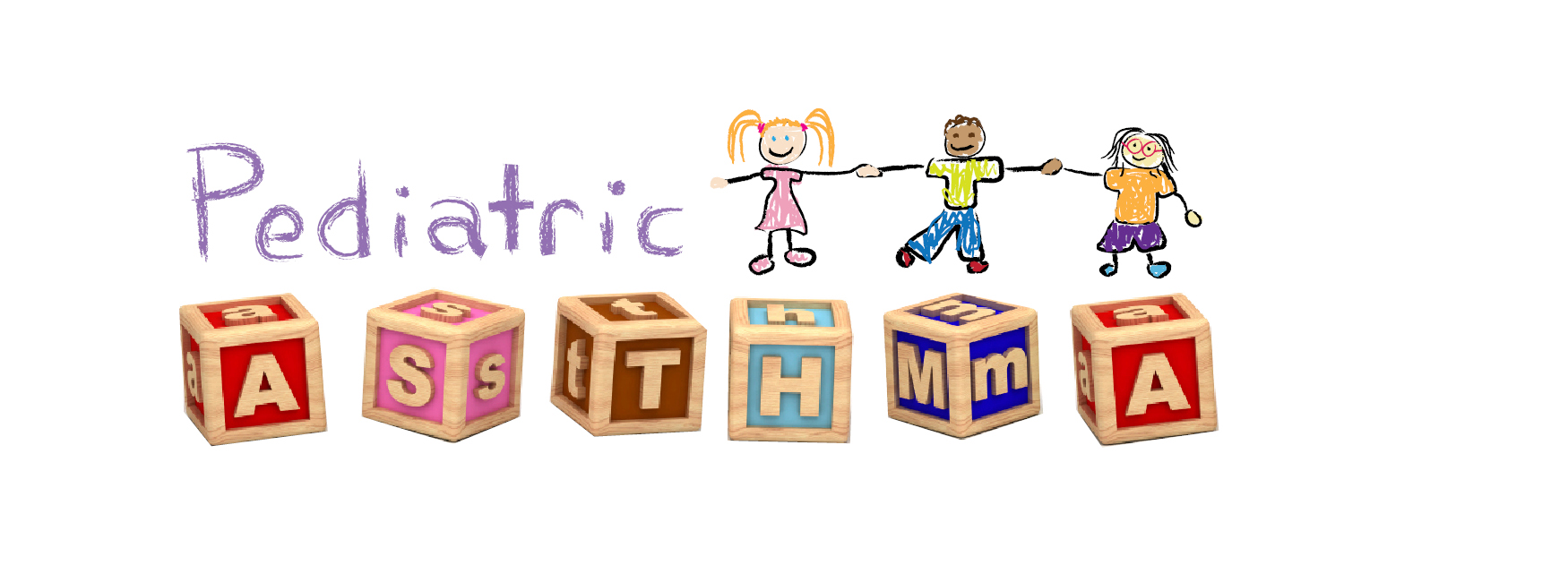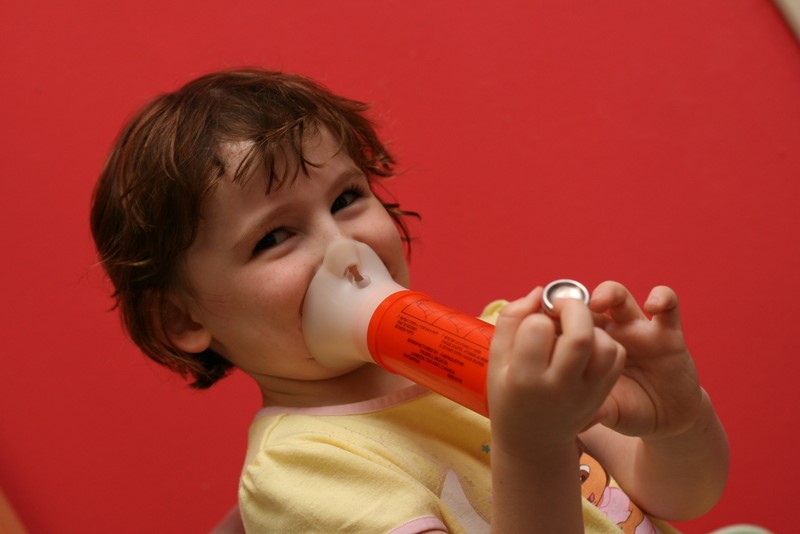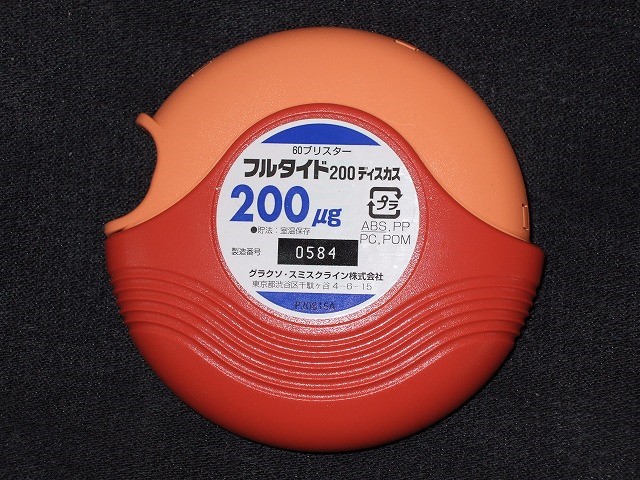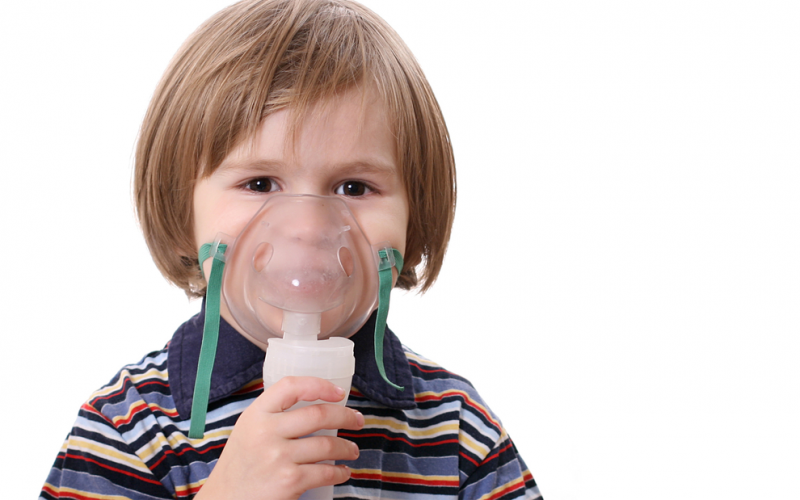
Not sure about you, but I am very much overwhelmed by the different types of inhalers available in the market. They come in all shapes and sizes and colours!
Let me try to dissect the problem and solve this mystery once and for all.
So (after reading guidelines and asking Mr. Google) how many types of inhalers are there really?
There are three main types of inhalers:
- Metered dose inhaler
- Dry powder inhaler
- Nebulizer
Any adult with asthma will know the popular blue metered dose inhaler (Figure 1). Use of the metered dose inhaler in children can be a bit tricky because your child will need to know how to pump the device and breathe in at the same time. Older children who can master this technique will only need the inhaler. Younger kids, on the other hand, may need a spacer (Figure 2) attached to the inhaler to assist inhalation of the medicine.


Figure 1: Metered dose inhaler

Figure 2: Spacer attached to a metered dose inhaler
Another type of inhaler known as the dry powder inhaler is more children-friendly because it does not require coordination. However, your child will need to be able to inhale strongly and deeply through the mouthpiece. The dry powder inhaler can be effectively used in children over the age of 5 years old. Talk to the doctor to discuss if the medicine and type of inhaler is suitable for your child.

Figure 3: Dry powder inhaler

Figure 4: Various types of aerosol and powder inhalers and a peak flow meter
The third type of inhaler, known as the nebulizer, comes in electric or battery-run versions. The nebulizer is very effective at delivering asthma medicines. This is especially useful in younger children who do not have very good technique with the metered dose or dry powder inhaler. However, younger children may not like to use the nebulizer because the treatment takes longer and they may not feel comfortable when using it. Furthermore, the device is not as portable as the other two types of inhalers.

Figure 5: Nebulizer
Now that you’re an expert at identifying the shapes of the inhalers, please continue reading to find out what types of medicines are used in the inhalers.
SABA, ICS, LABA
The asthma medicines can be broadly grouped into three categories:

For occasional asthma attacks, the doctor may give your child a SABA as a “quick-relief rescue medication”. SABA acts quickly and provides immediate relief. Always carry the SABA inhaler with you in case of an asthma attack. However, note that SABA only provides symptomatic relief; SABA does not control asthma symptoms or prevent future attacks. If you child needs to use SABA frequently, this indicates that his or her symptoms are not well-controlled. Please consult the doctor.
If your child experiences frequent or severe symptoms, the doctor may prescribe your child with an ICS for long-term control. Depending on your child’s response, the doctor may use an ICS/LABA combination if your child’s symptoms are not well-controlled using ICS alone. Do not stop the asthma medicines even if your child feel better. Always consult the doctor before changing your child’s medicines.
The doctor will discuss with you which type of inhaler and medicine best suit your child. Do not worry (in fact, do not worry about anything #lifetips) if the first inhaler or medicine is not effective in treating your child’s asthma symptoms. This happens, and it may take several attempts to find the right device or medicine for your children.
Three types of inhalers, three types of medicines: Easy-peasy!
Final notes
- The next time you visit the doctor or pharmacist, ask them which inhaler they are prescribing or dispensing (SABA, ICS or ICS/LABA combination). Be medicine wise. In children, LABA should never be used without an ICS.
- Compliance and correct technique are key to good asthma control.
- Different inhalers have different user instructions and cleaning method. Please consult the doctor or pharmacist to ensure proper techniques.
- Reduce exposure to common asthma trigger factors such as house dust mites, pollen, smoke from cigarettes, paint etc.
References:
- Global Initiative for Asthma. Global strategy for asthma management and prevention. 2017; Available from: http://ginasthma.org/2017-gina-report-global-strategy-for-asthma-management-and-prevention/
- National Asthma Council Australia. Asthma Management Handbook. Managing asthma in children. 2016; Available from: https://www.asthmahandbook.org.au/management/children
- British Thoracic Society, Scottish Intercollegiate Guidelines Network. British guideline on the management of asthma. A national clinical guideline. 2016; Available from: https://www.brit-thoracic.org.uk/document-library/clinical-information/asthma/btssign-asthma-guideline-2016/
In collaboration with Dosing Health.








